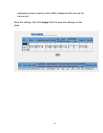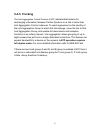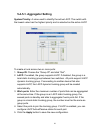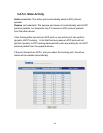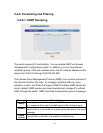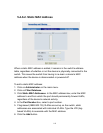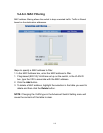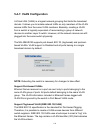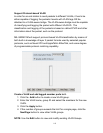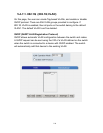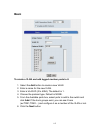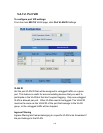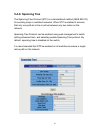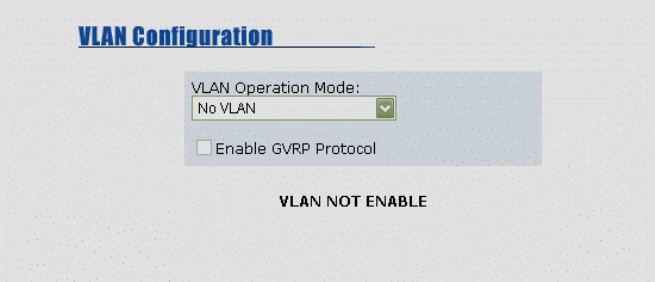
104
5-4-7. VLAN Configuration
A Virtual LAN (VLAN) is a logical network grouping that limits the broadcast
domain. It allows you to isolate network traffic so only members of the VLAN
receive traffic from the same VLAN members. Basically, creating a VLAN
from a switch is logically equivalent of reconnecting a group of network
devices to another Layer 2 switch. However, all the network devices are still
plugged into the same switch physically.
The MIL-SM2401M supports port-based, 802.1Q (tag-based) and protocol-
based VLANs. VLAN support is Disabled and all ports belong to a single
broadcast domain by default.
NOTE: Rebooting the switch is necessary for changes to take effect.
Support Port-based VLANs
Ethernet frames received on a port are sent only to ports belonging to the
same VLAN group of ports. All ports default belonging to the same VLAN
group. The VLAN information included in Ethernet frames tagged with
VLAN IDs is ignored by the switch in Port Based VLAN mode.
Support Tag-based VLAN (IEEE 802.1Q VLAN)
The IEEE 802.1Q specification is the standard for Port-based Tagging.
Therefore, it is possible to create a VLAN across devices from different
switch suppliers. IEEE 802.1Q VLAN uses a technique to insert a “tag” into
the Ethernet frames. The tag contains a VLAN Identifier (VID) that indicates
the VLAN numbers.



